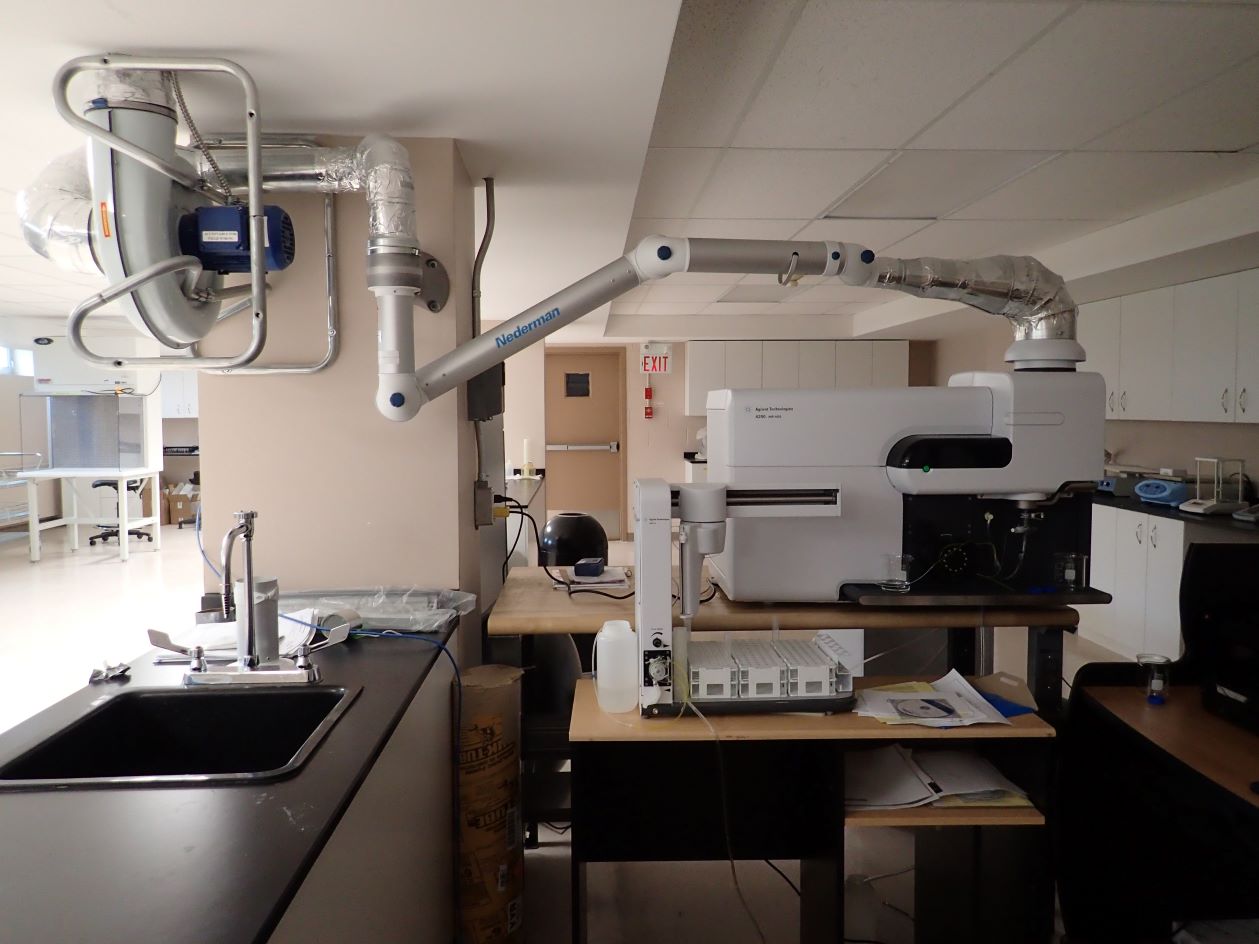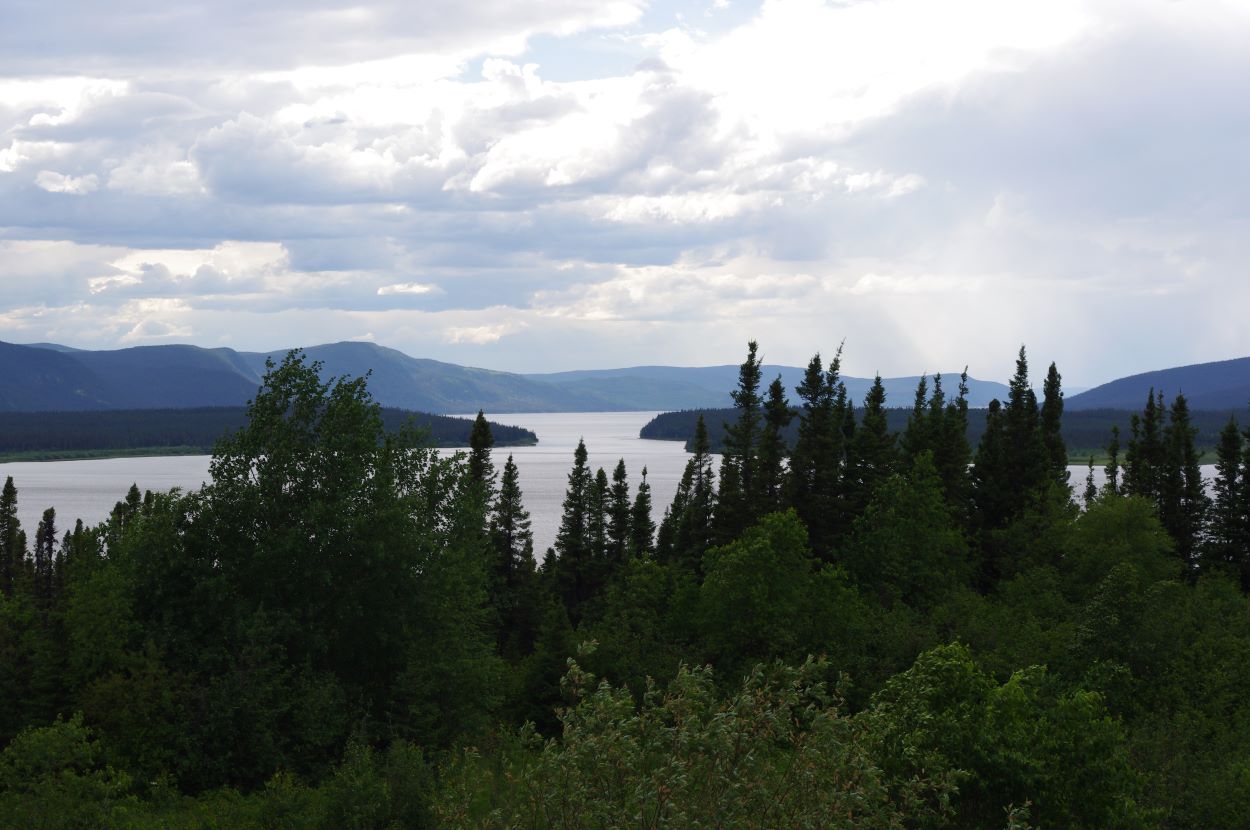
Labrador Institute Research Station
Address
Labrador Institute Research StationLabrador Institute of Memorial University
North West River, Newfoundland and Labrador
A0P 1M0
Canada
Station manager
Ashlee CunsoloStation Features
Opening year: 1978 Status: OpenStation name and owner
The Labrador Institute Research Station (LIRS) is located in North West River, Newfoundland and Labrador. It is operated by the Labrador Institute of Memorial University. The building is owned by the Newfoundland and Labrador (NL) Provincial Government’s Department of Transportation and Works.”
Location
LIRS’s main offices are located in Happy Valley-Goose Bay, NL, with a satellite office located in Labrador City, NL. NWR is centrally located and its population is made up of Inuit, Euro-Canadian, Innu and Metis people. LIRS is located in the Taiga/Boreal Forest Region.
Climate data
Grey colours are WMO Climate Normals including maximum and minimum values. Blue colours are individual years.
Climate data for the stations where extracted via Copernicus Climate Data Store, from the global gridded reanalysis product:
ERA5 monthly averaged data on single levels from 1940 to present.
Description and source code: Roemer J.K. 2023. https://doi.org/10.5281/zenodo.10214922
Data Source: Hersbach et al. 2023. Copernicus Climate Change Service (C3S) Climate Data Store (CDS), https://doi.org/10.24381/cds.f17050d7
Biodiversity and natural environment
North West River experiences generally mild summers with cold winters. Winters usually begin in mid-November and last until mid-April and summers begin in June and end in early September. The temperature generally ranges from about -30 °C at its coldest in the winters to about 30 °C in the summers. The town is on a hill dividing Little Lake from the larger Lake Melville. A small band of water (North West River) connects the two. The area of North West River is located on a sandy plain surrounded by mountains. NWR falls within the Lake Melville Ecoregion, which is a unique ecosystem within Labrador. Immediately adjacent to the community are important waterfowl staging areas, seabird breeding colonies, and important breeding habitats for a variety of marine mammals. The nearby Mealy and Red Wine Mountains have endangered herds of woodland caribou. The eastern end of Lake Melville has been designated as an internationally Important Bird Area due to the high concentrations of moulting scoters in late summer. Numerous archaeological discoveries have been made in the area, the oldest of which is the Maritime Archaic Indian site dating 5000 bp.
History and facilities
The facility is new but is seeing an increasing amount of use. The station is co-located with the College of the North Atlantic and the NWR Community Library, and includes employee and general office space, large board room, scientific laboratory, GIS/social science laboratory, general (wet) laboratory, archaeology lab, accommodation for four people, full kitchen and dining area, and storage and laundry space. Our primary scientific lab is currently being developed. Equipment includes: digital balances, a variety of microscopes, incubators, sample freezer, water purification, pH testing kit, centrifuge, digestion block, water bath, large volume stirrer, portable ventilation system, etc. There are more than seven work stations, sinks, teaching area, and lots of open space for further development. Also included: satellite internet and telephone service.
General research and databases
LIRS is just coming online, but the Labrador Institute (LI) has a long history of research in Labrador in many disciplines, including but not limited to health research, arts and culture, social programs, climate change, archaeology, education, mining and resource development history, migratory birds, and land mammals. Currently, the LIRS is supporting and/or taking part in climate change research, land use studies, interior archaeology, archaeological mitigation, addictions awareness, aquatic ecology, soil amendment research, and mine tailings remediation. LIRS and LI are currently undergoing a period of significant growth. As a result, we will increase our capacity in environmental studies, climate change, earth sciences, anthropology, archaeology, and geography. We will also be starting an artist in residence programme.
Station Monitoring
Human dimension
The research station is located in North West River, Central Labrador. Central Labrador has been inhabited by the Innu and Inuit for over 6000 years. The NunatuKavut community council land claim is also nearby, though this claim has not been settled, and the proposed Mealy Mountain National Park is also just across Lake Melville from LIRS.
Access
NWR is accessible by road all year round. Goose Bay Airport is a 30 minute drive from the station. Chartered boats are available in summer; snowmobiles may be rented in winter; rental cars are available year-round in Happy Valley-Goose Bay. The airport has modern facilities including helicopters and bush planes for charter, and coastal trawlers are available.




